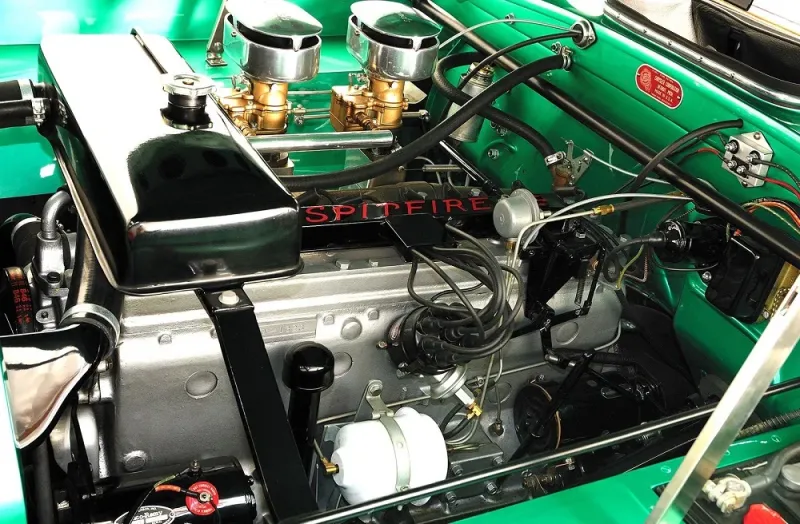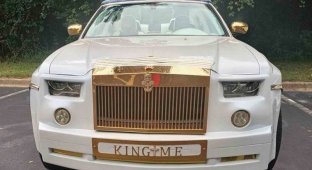"Car of the Future": 1940 Chrysler Thunderbolt Concept (12 photos)
The Chrysler Thunderbolt Concept introduced a new wave of design and technological advances in the industry. The body was made of aluminum and the roof was a retractable rigid structure with electric management. 
Looking at the history of vehicles that changed the automotive industry and revolutionized the Chrysler kind of the last thing that comes to mind. And there are good reasons for that, because this American manufacturer was largely reinsured. Of course, was a fantastic Chrysler Airflow of the 30s, but when it fell short high expectations, the brand has mainly focused on proven style and mechanics that have proven themselves to be excellent. And then, shortly before beginning of World War II, Chrysler shocked the public with the concept Thunderbolt and the market has never been the same. 
Chrysler Corporation was founded in the late 1920s when the former a Buick engineer named Walter Chrysler bought a predicament of a manufacturer called Maxwell and renamed it after his last name. He then founded the Plymouth brands and DeSoto, also bought a Dodge, with the luxurious Imperial at the top. 
After the failure with the aforementioned Airflow, the corporation is mainly focused on conventional models and over time noticed that far behind General Motors and Ford. The great Harley Earl founded the first design studio in the automotive world, working for General Motors, and the end result was the world's first concept four-wheeler when the Buick Y-Job debuted in 1938. 
Even Henry Ford allowed his son Edsel to experiment with style in Lincoln's premium division. Chrysler was less fortunate, but he did have partnerships with the independent LeBaron studio. She engaged in the production of bodies for more expensive models of the brand Imperial, therefore enjoyed a great reputation. 
A young designer named Alex Tremulis worked for LeBaron and one day showed drawings of a futuristic car to his boss Ralph Roberts. The latter contacted Chrysler executives and showed them sketches, and they did not hide their enthusiasm and believed that such a prototype would be ideal in a style war against General Motors and Ford. 
The name of the car fell on Thunderbolt and the bodywork was made from aluminum. It had aerodynamic lines with a large hump on the hood, and later testing showed that it cuts through the air better than the previously mentioned Airflow.
Interestingly, it did not have a grille at all, which we used to seeing on cars of the period mentioned, and air was supplied to engine through two holes located under the front bumper. Also note the absence of door handles and hidden headlights. 
These details were not new and had been with Kord several years ago, but she herself the idea seemed very attractive. However, the famous Thunderbolt made it a metal roof, which completely fell into the trunk at the push of a button. Peugeot 401D Eclipse had a similar option ten years earlier, but most Americans had never even heard of her, so the premiere of Thunderbolt was certainly in the spotlight. AT there was only one row in the cabin, comfortable enough to accommodate three adults. 
The chassis was completely stock and taken from the 1940 Crown Imperial. He was equipped with the so-called Spitfire gasoline engine working volume of 5.3 liters. The engine had eight cylinders in line configuration, 140 hp and a torque of 346 Nm. 
LeBaron worked overtime, and by 1940 he was able to complete first concept. He debuted at the New York Auto Show, and later will be four more copies were created for the rally across America. Each of them was painted in a special color, the most famous of which is called "Copper car" in the attached photos. 
It is fully functional and approved for use on the streets and originally sold to actor Bruce Cabot. After that, he changed multiple owners andin 2011 the buyer paid as much as 935 for it 000 dollars. Perhaps the greatest moment of glory came when Harley Earl praised her, saying that it was the most beautiful car he had ever seen. ever seen, which is a great honor for a man whom considered America's greatest designer. 























